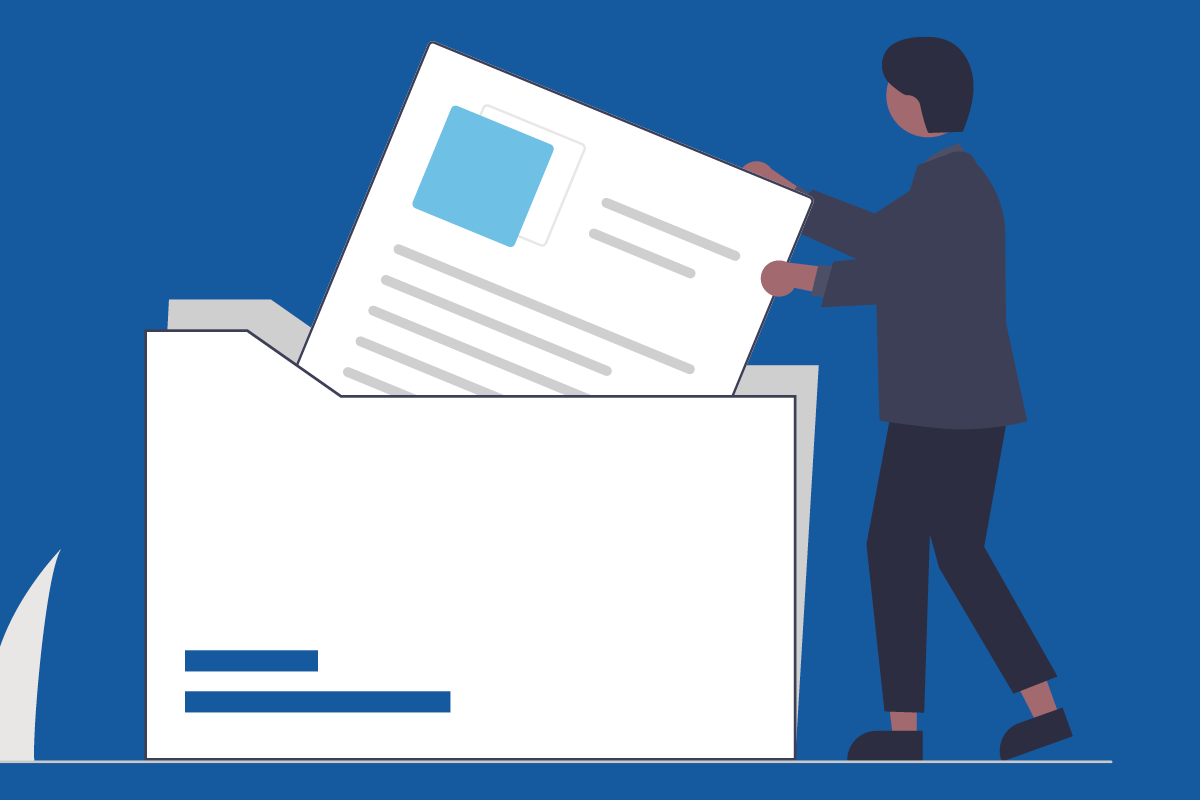Anyone looking for document management software (DMS software) often asks themselves which functions should absolutely be included.
In addition to a pure digital archive, most providers offer many other functions for handling digital documents.
Digital archive
One of the main functions of a DMS software is to manage digital documents. This includes scanned documents such as invoices or contracts. In part, a digital archive can replace a paper archive and saves the tedious and space-consuming storage of folders.
Two functions are particularly helpful in finding digital documents quickly and reliably. One is effective keywording, the other is scanning documents using OCR. This makes the text of scanned documents readable and searchable for the DMS software.
Access & Availability
Often you need a certain document when you are not in the office. For example, a filed invoice for a customer or a plan on a construction site. In such cases, it helps to have access to the DMS software on the go. There are various options here. Either one works via a terminal server and thus gets to the desired information, or an app or web variant is available. If you have scenarios that require mobile access, features like these are essential.
Collaboration & Workflows
A DMS software also brings advantages when working together on a document. On the one hand, it ensures that you are working on the latest version, and on the other hand, many programs offer the possibility of setting user-specific views. This means that you only see the data you need and can concentrate fully on your work.
Workflows stored in the software also help with collaborative work. You can release, revise, forward or lock documents. This way, the joint work can be carried out perfectly.
Revisions
Creating revisions is essential for DMS software. This ensures that the original document remains unchanged. A new version of the document is created for each (significant) change. In addition, it should be possible to create comments on the individual revisions in order to document the changes.
Automate processes
The functions described above already make it possible to automate some processes, such as document releases. DMS software becomes particularly powerful when it is integrated into other company processes. Examples of this are the management of technical information (structures) in engineering or document management in CRM or ERP systems. As a result, DMS software not only helps with digitization, but also with the automation of business processes. Efficient workflows are created and the added value of projects increases.



